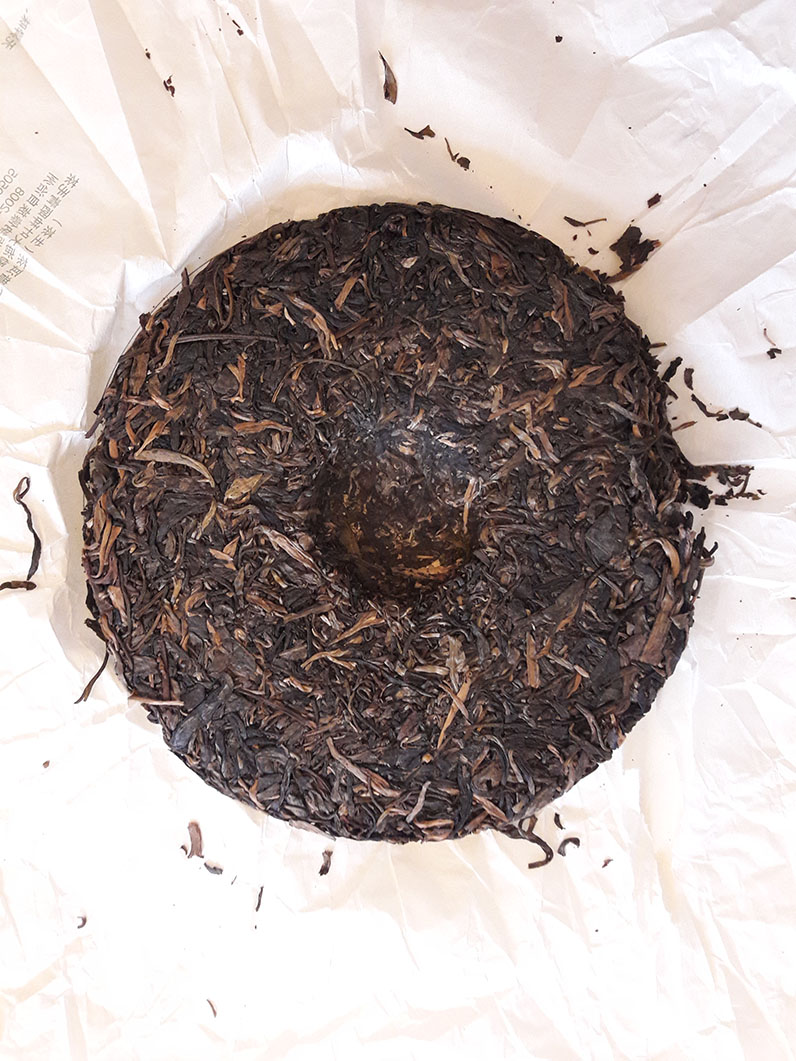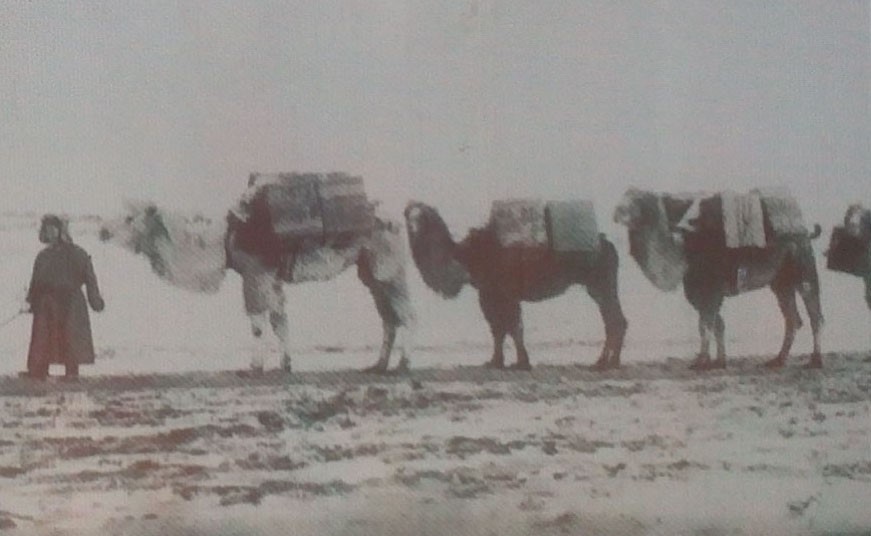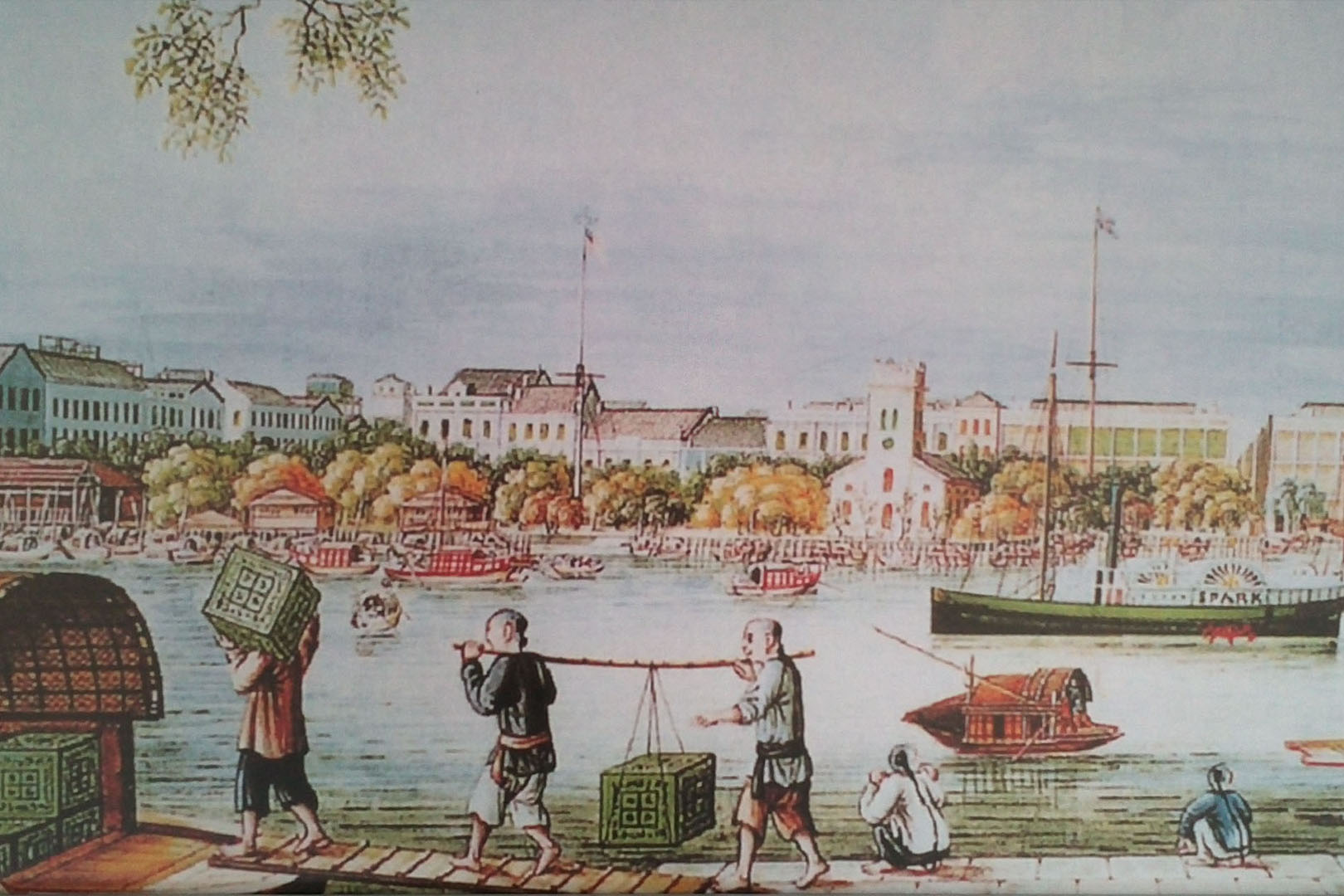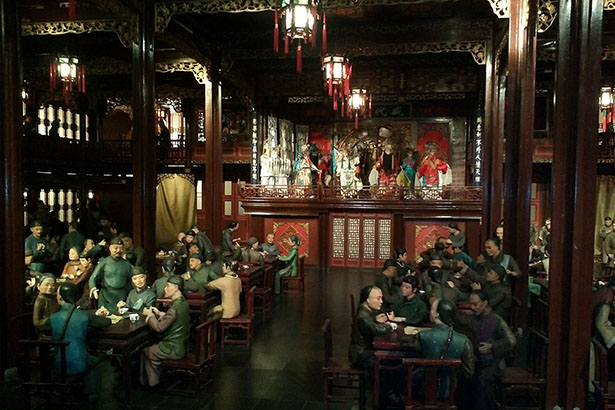
Tea History
The tea plant
Tea looks like an inconspicuous hot beverage but it has influenced world history in many ways. Wars have been fought because of tea and social problems discussed in terms of tea. It has traversed different religious affiliations and cultural contexts, and in many parts of the world, it has superseded the consumption of other stimulants and become a national drink.
Wherever tea arrived along its journey across oceans and deserts, it was first consumed as a medicine, then praised in songs and poems and sometimes also discarded as a useless exotic brew that would do nothing good than emptying the pockets of the poorer population. Most of the time, however, the criticism from authorities could not convince people to refrain from taking tea. This was so in England, in northwest Germany, in Morocco, and the Sahara. In the various cultural contexts and historical constellations tea became subject to particular interpretation and appreciation. These understandings of the beverage are culturally specific in the different places and often the contemporary concerns of a society are reflected in them.
In China, tea has been cultivated for centuries in family gardens. In the course of the different ruling dynasties, specific methods of tea processing have been developed. At first, tea was consumed as medicine, food and beverage only in southwest China. The introduction of Buddhism by Indian travelling monks contributed to its dissemination to the eastern parts of the country, as tea enhanced meditation.
Soon tea also became a trade good. To preserve the tea leaves and enable them to be transported across longer distances, they were processed into tea cakes. In the seventh century, tea was introduced to Tibet when a Chinese princess, Wen Cheng took along tea cakes in her dowry. Subsequently, more tea was exchanged against horses from Tibet and Mongolia. In the following centuries, tea in the form of tea cakes was regularly transported on the terrestrial silk road with packing animals, mainly camels, to central Asia, eastern Europe and the Middle East as far as Egypt. During the Tang dynasty (618-907), tea was no longer cooked and consumed as a soup, but ground from tea cakes, which were prepared in a complex process, and steamed in hot water and taken as a drink.
In the Ming dynasty (1368-1644), tea cakes were replaced by loose tea leaves, which were infused in boiled water. Tea was preferably prepared and taken in beautiful natural environments, at waterfalls, springs or mountains. The entire tea equipment was transported along and tea became a medium for people to harmonize with nature.
Through them, Saharan caravan traders got to know about tea and its strengthening qualities that helped them support the long and tedious journey across the big desert to the West African Sahel. These traders showed the tea to their agents in the trading towns who again showed it to the local rulers and to their guests and customers. For more than a century, however, tea-taking remained in the Sahelian trading towns until it gradually gained more and more West African consumers (more on this in the section “The West Africa Exhibition”). Green tea arrived in the Sahel in the early nineteenth century. During roughly the same time, British colonialists discovered wild tea trees in the northern mountainous regions of Assam. These trees were considered too wild to be cultivated. Robert Fortune was sent undercover to China to smuggle tea seeds and plants as well as the knowledge about tea processing out of the country. And soon tea production began in India. The British established plantations, and produced mostly black tea for auction in London. In the course of the nineteenth century, the quantities produced in India overtook the exports of China, being of high quality and less expensive. The British established an exploitative capitalist plantation economy in India, that has often been compared to the slave labour in the Caribbean for sugar. Tea and sugar were taken together in Europe, in Morocco and the Sahel. In the twentieth century, Britain continued this approach in Eastern Africa where it also produced black tea. China could not compete with British black tea production. Hence, China rather specialized for export on green tea. Still in the 2000s, 72% of China’s tea exports were green tea (LongJing Tea Museum, Hangzhou). Almost all the green tea that is traded to West and North Africa has been produced in China. This trade forms part of a growing South-South trade that largely takes place beyond the attention of Western observers. In contrast to the North-South trade, that is strongly associated with exploitation, cheap labour, social suffering and displacement, in China, tea has never been produced in such large-scale plantations. In China tea is produced in decentralized family gardens and small plantations. There it is harvested, rolled, dried and roasted to stop fermentation. From the family gardens the dried leaves are transported to the factories where they are selected according to their quality, weighed and packaged. From there the green tea goes directly to the Chinese ports where big container ships carry it to West Africa in 45 days.
Ute Röschenthaler
Further readings:
Lydon, Ghislaine. 2009. On Trans-Saharan Trails: Islamic Law, Trade Networks, and Cross-Cultural Exchange in Nineteenth-Century Western Africa. Cambridge: Cambridge University Press.Mintz, Sidney. 1985. Sweetness and Power: The Place of Sugar in Modern History. New York: Viking.
Röschenthaler, Ute (forthcoming). Teatime in the Sahel: How Green Tea Became Mali’s National Drink. London: Bloomsbury.
Thomas, Gertrude. 1965. Richer than Spices: How a Royal Bride’s Dowry Introduced Cane, Lacquer, Cottons, Tea, and Porcelain to England, and so revolutionized Taste, Manners, Craftmanship, and History in both England and America. New York: Alfred Knopf.
See also the section “Bibliography”.


